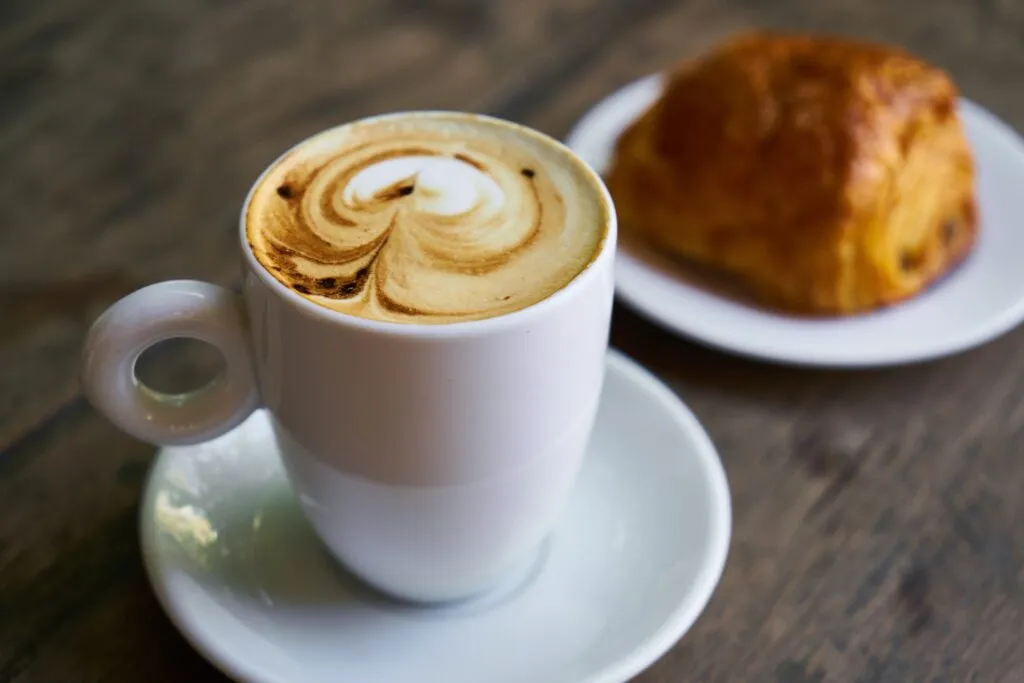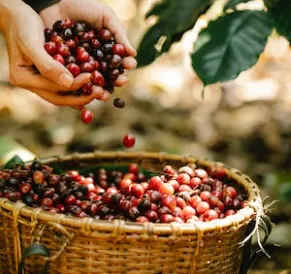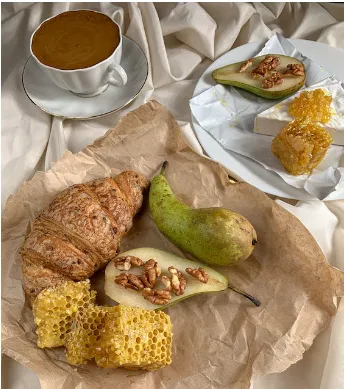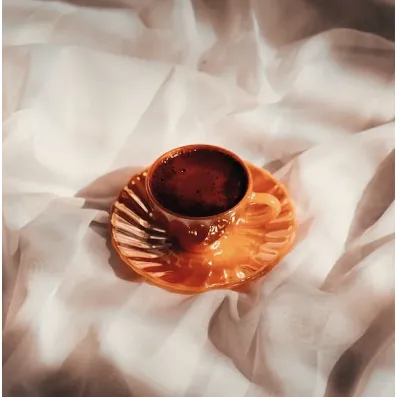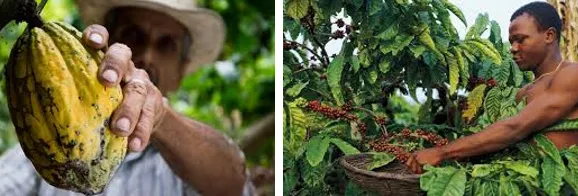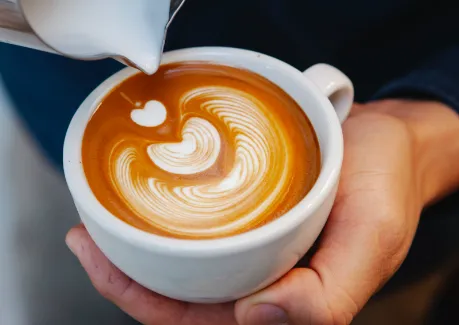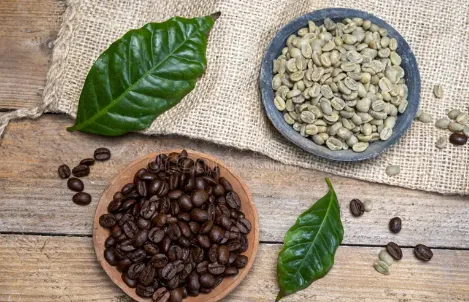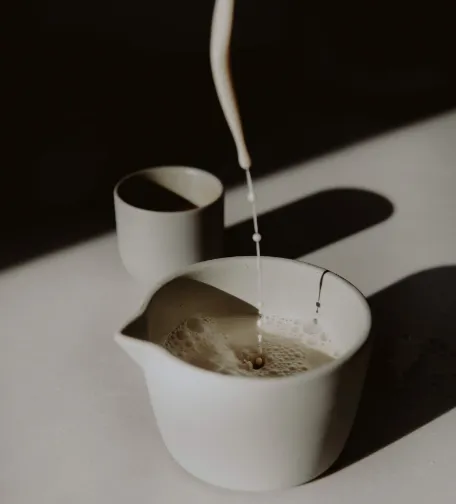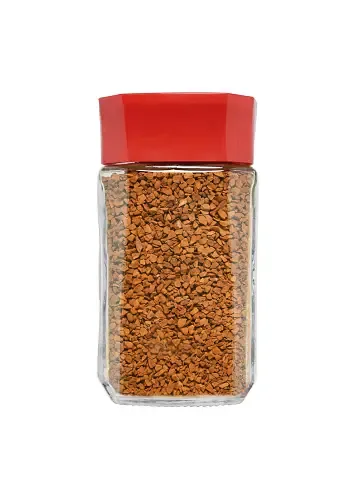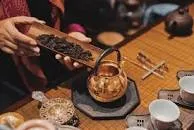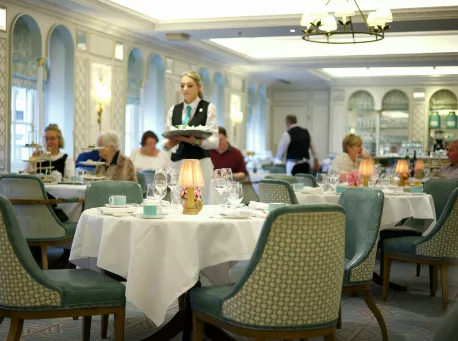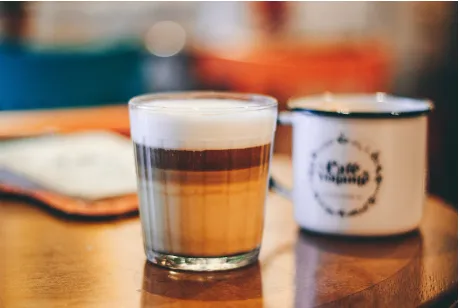Cappucino - Its History and Origins
Ah, the cappuccino, that velvety delight that dances on the taste buds and makes mornings bearable. For coffee connoisseurs and caffeine addicts alike, this Italian classic is a beloved choice. Have you ever wondered where this frothy concoction hails from and how it became a worldwide sensation? Let’s explore the fascinating origins of the cappuccino.

Where do cappuccinos originate? “Cappuccino Chronicles: The Curious Journey of Italy’s Beloved Brew”
Introduction:
Chapter 1: The Birth of Espresso
Our tale begins in the heart of Italy, where coffee culture reigns supreme. The first stop on our journey is 19th-century Italy, the birthplace of espresso. Espresso, derived from the Italian word “esprimere,” meaning “to express” or “to press out,” is the foundational element of the cappuccino.
In the early 1900s, Italian cafes started serving small, strong shots of espresso. These shots were the caffeinated building blocks that would eventually lead to the cappuccino as we know it today. Espresso became synonymous with Italian culture, fostering an environment where coffee wasn’t just a beverage; it was an experience.
Chapter 2: The Quest for Froth
Now that we’ve established the espresso foundation, let’s dive into the next crucial element: frothy milk. In the early 20th century, Italian coffee lovers began experimenting with ways to soften the intensity of their espresso shots. They realised that adding milk not only mellowed the coffee’s flavour but also introduced a creamy texture.
The quest for the perfect froth was on. Early baristas would manually froth milk by vigorously shaking it in a container, creating small bubbles and a creamy consistency. As this practice became more popular, the foamy milk topping on coffee became known as “crema di caffe,” a precursor to the cappuccino’s signature frothy crown.
Chapter 3: The Birth of Cappuccino
The term “cappuccino” made its debut in Italian coffee culture during the early 20th century. While the exact origin of the name is still a matter of debate, it’s commonly believed to be inspired by the Capuchin friars, whose brown robes bore a resemblance to the coffee’s colour. The name stuck, and the cappuccino was born.
The classic cappuccino recipe combines equal parts of espresso, steamed milk, and milk foam, served in a small cup. This delightful trio of flavours and textures created an instant sensation among coffee lovers. The rich, dark coffee mingling with the creamy milk and topped with a frothy cap was nothing short of a revelation.
Chapter 4: The Spread of Cappuccino Culture
The cappuccino’s journey didn’t stop at its Italian birthplace. The 20th century witnessed an explosion of coffee culture worldwide, and the cappuccino played a leading role in this caffeinated revolution.
In the 1950s, cappuccinos began appearing in coffeehouses across Europe, slowly but surely spreading their foamy influence. The trend crossed the Atlantic to North America in the 1980s, where specialty coffee shops embraced the cappuccino as a staple. Soon, coffee chains like Starbucks popularised the drink, making it accessible to millions and cementing its status as a global favourite.
Chapter 5: The Art of the Cappuccino
As cappuccino culture spread, it evolved into more than just a coffee beverage; it became an art form. Talented baristas began crafting intricate designs atop their cappuccinos, known as latte art. These delicate swirls, hearts, and rosettes turned a simple cup of coffee into a work of art, appealing not only to the palate but also to the eye.
Latte art competitions sprang up worldwide, showcasing the extraordinary skills and creativity of baristas. The cappuccino was no longer just a morning pick-me-up; it was a canvas upon which baristas could express themselves.
Chapter 6: The Modern Cappuccino
Today, the cappuccino is a global icon of coffee culture. From the bustling streets of Rome to the trendy cafes of New York City, you can find this beloved brew just about anywhere. But, of course, as with any culinary tradition, the cappuccino has seen its fair share of innovations.
With the rise of plant-based milk alternatives, the cappuccino has embraced dairy-free variations, allowing even more coffee lovers to savour its flavours. Almond, soy, oat, and coconut milk have all made their way into cappuccinos, offering new taste dimensions to the classic drink.
Additionally, the coffee world has witnessed the emergence of flavoured cappuccinos, with variations like caramel, vanilla, and mocha cappuccinos tickling the taste buds of those with a sweet tooth.
Conclusion:
And there you have it, the captivating journey of the cappuccino, from the streets of Italy to the cafes of the world. This frothy delight has evolved over time while retaining its core essence—a harmonious blend of espresso, steamed milk, and velvety foam. Whether you enjoy it as a morning ritual or an afternoon treat, the cappuccino continues to be a symbol of coffee culture, connecting people across continents through a shared love for the art of brewing and sipping.
So, the next time you indulge in a perfectly crafted cappuccino, take a moment to appreciate the rich history and cultural tapestry that has woven this delightful beverage into the fabric of our lives. It’s not just coffee; it’s a journey through time and taste, and it’s here to stay.





